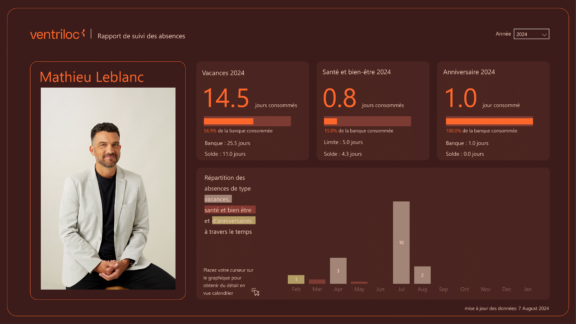At the outset, I would like to point out that conformed dimensions is a concept and not a technical element. You will therefore have understood that you will not find tips & tricks or code examples in this article but an explanation of a business intelligence (BI) concept. In this article, I’ll define for you the concept of conformed dimensions, put your brain to the test with an exercise, and share with you a use case of conforming dimensions.
What is a conformed dimension?
Conformed dimensions are a key concept in business intelligence, especially in star data models. If we define this concept at a high level, we can summarize that conformed dimensions are dimensions that are shared by several facts (processes). In this way, the data of the different fact tables can be analyzed and compared with each other with the dimensions that conform (which are shared). Typically, conformed dimensions are defined only once in an organization. It is in collaboration with the governance teams or the business matter experts that they are defined.
Properly identifying these dimensions provides several advantages, including the following:
- Analytical consistency across datasets (a single version of the truth).
- Reduced development time (the same dimension can be reused or instead of being recreated).
Enterprise Bus Matrix
The development of an enterprise bus matrix makes it possible to identify the set of dimensions that conform through the processes of an organization. Before implementing a data model, it is always relevant to create this matrix. Thanks to this matrix, less technical people, for example business users, will be able to quickly see the analyzes that they will be able to carry out with a data model. The table below shows an example of an enterprise bus matrix. You will notice that processes are listed in rows while dimensions are listed in columns. When we find an “X”, it means that a process can be analyzed by the dimension. For example, you will notice that sales, complaints management, marketing campaigns, shipments as well as returns can all be analyzed by the customer dimension. Thus, the customer dimension is consistent through the processes set out above.

Quick exercice
Now that you know what a conformed dimension is, can you, in the data model below, identify the conformed dimension(s)?

You have the right answer if… you answered the Date dimension! Indeed, the Date dimension is the only dimension that is shared by the 2 fact tables (Sales and Budget). The Customer and Territory dimensions are only shared with the Sales fact table.
Use case: multiple Power BI Datasets within an organization
If you have multiple Power BI datasets, centralizing conformed dimensions in Power BI dataflows becomes very relevant. This way, conformed dimensions can be reused across different Power BI datasets. By centralizing conformed dimensions in dataflow and importing them into Power BI datasets, this avoids duplication of the same table (e.g. customer table) in different Power BI datasets. Also, by having the conformed dimensions centralized in dataflow, we ensure that Power BI datasets all contain the same dimensions with the right business rules applied, resulting in a single version of the truth. Another element not to be underestimated is the load on your source systems. By centralizing conformed dimensions in dataflow, source systems only receive requests once. For example, if you have 2 datasets that contain the Dimension Customers table, these 2 datasets can refer to the dimension that is centralized in dataflow instead of extracting directly from the source system for the 2 sets of data.
That’s it for this topic! I hope this article has enlightened you on the concept of conformed dimensions and its relevance in star data models.






